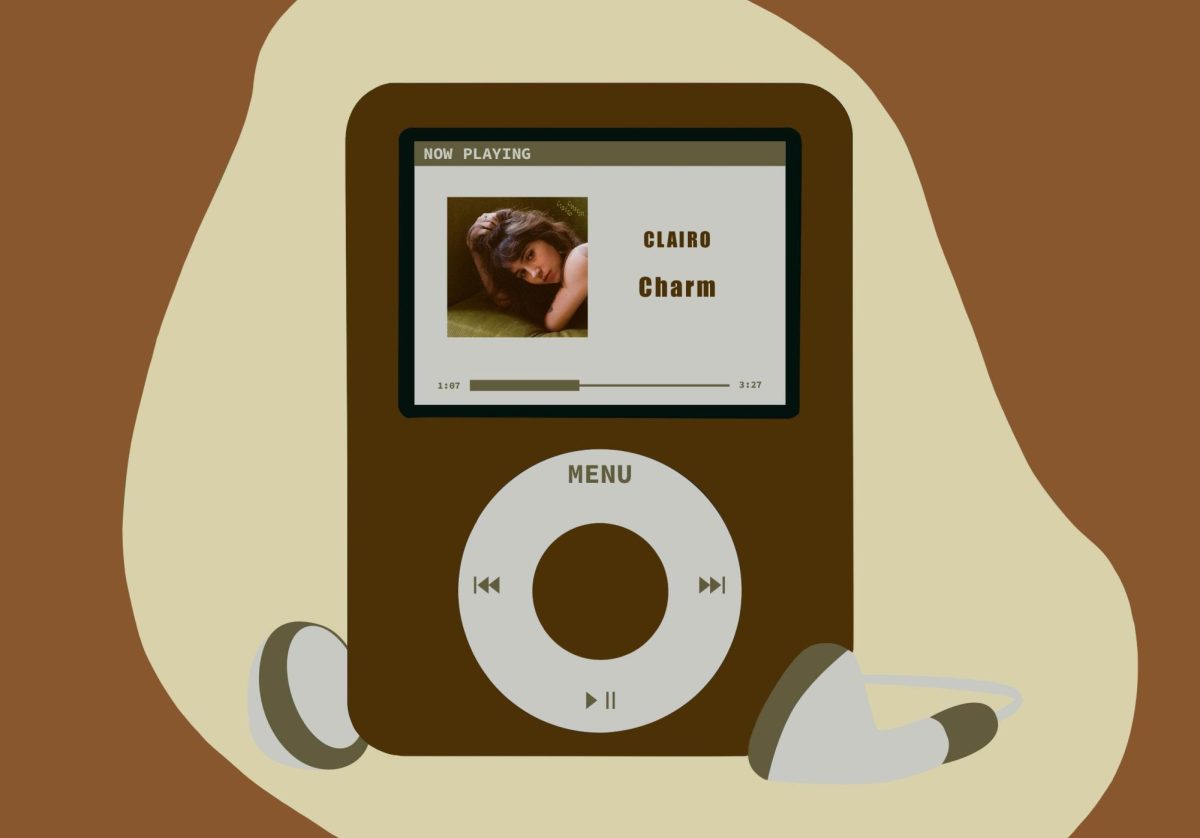We hear about the economic might of China, the collective power of 1.3 billion people. We see the “Made in China” stickers as we peel them off the cheap plasticware we buy at Target or Wal-Mart. We hear about China on the news, with their poisoned dog food and toys coated in lead paint. This economic influence has emerged in fewer than 40 years, and the world, along with China, is still grappling with these changes.
Since the Chinese government began restructuring its economy in the ’70s, the effect has been monumental, nearly a tenfold increase in their economy, according to the CIA World Factbook. Along with major economic reforms comes major social overhaul. Millions of rural farmers flock to the cities to work in factories. Everything is in flux.
Seven Chinese photographers have attempted to document these sweeping changes and their effects. Their work is exhibited in a new show at the Frederick R. Weisman Art Museum.
Documenting China:
Contemporary Photography and Social Change
Sept 8 through Nov 25
Frederick R. Weisman Art Museum, 333 East River Road, Minneapolis
www.weisman.umn.edu
The show has been traveling the United States since 2004, thanks to the Smithsonian’s Institution Traveling Exhibition Service, in a classic East meets West cultural education of the American population.
Gu Zheng, a professor at the School of Journalism at Fudan University in Shanghai, and Mark Bessire, the director of the Museum of Art at Bates College in Maine, collaborated to curate the project.
Diane Mullin, the associate curator at the Weisman, said the exhibit has been attracting lots of attention.
“It’s endlessly fascinating to people,” she said. The diversity at the University and the close relations the institution has with China feed the curiosity of students, faculty and anyone in between, she said.
The centerpieces of the exhibit are Jiang Jian’s portraits in a series titled “Master of the House.” Jian photographed peasants in their homes and we see a variety of faces, from stoic to smiling, against the backdrop of their decorated residences. Old mixes with the new, portraits of Mao hang on the same wall as big-breasted blond women wearing too much lipstick.
These color portraits are imposing, taking up more than a third of the gallery space because of their sheer size. The subjects of the portraits stare straight into the camera, engaging the viewer, letting their eyes betray just the amount of information they want us to know. We can’t help but stare back, wishing to know the story of their lives.
In the left wing of the exhibit are two series by two different photographers in direct contradiction to one another. Zhou Ming documents those embracing the coming modernity while Lu Yuanmin shows a group of people he calls “Shanghailanders” who resist the changing cultural tides.
Ming shows us the urbanites of Shanghai dancing in their modern way with their modern fashions. The modern skyscrapers of Shanghai fill the photos. Western influence is everywhere, from a life-size statue of Marilyn Monroe in her famous windblown “Seven Year Itch” movie pose protecting her modesty and a billboard-sized street advertisement for a Louis Vuitton store.
Yuanmin documents the lives of those who have always lived in Shanghai and resist the changes and Western influences coming to the city. As Mullin said, they have an almost romantic quality to them, with their soft-focus and sepia tones. The photos were all taken in the mid-’90s, but look as though they could have been taken in a ’50s American Chinatown. They look like antiques, the people in them ever-unchanging. The photos are but moments in time, but we get the feeling that after the photo was taken, the subjects didn’t get up.
On the other side of the gallery, four artists document the economic change. Liu Xiaodi, in his series “Village,” is the oldest of the group, from the late ’70s. He shows us photos of rural farmers, working the land by hand, yoke and all.
The other three walls are covered with the modern. Zhang Xinmin looks at the workers coming to the city to work and the cities that have to deal with them. Housing and transportation systems are stretched to the max. Across the wall are the peasants at work in the factories, the work of Zhou Hai, in the series “Heaviness of Industry.” They are reminiscent of photographs of immigrant workers at the turn of the century, during the industrialization age in the United States.
They expose the hardship paid by employees for economic expansion. On the last wall, Luo Yongjin shows architecture in a city far inland from the bustling skyscrapers of Shanghai. These buildings have a bizarre quality to them, what Mullin called a “modern starkness.” In reality, these are real buildings in a real city, and these photos show how people actually live, Mullin said.
The exhibit is small, but one walks away with the desire to know more. The vibrant culture of China is often lost in discussion of economic policy and the sheer number of its citizens. This exhibit provides us a glimpse of a culture that we never see of nearly one-seventh of the world’s population.
“We see the human element,” Mullin said. This is not the Chinese government’s censored version of its people, but the world as it is seen through the eyes of the artists.
Mullin called it a keyhole, allowing us to peek through the hole at the vastness of all things China.
















